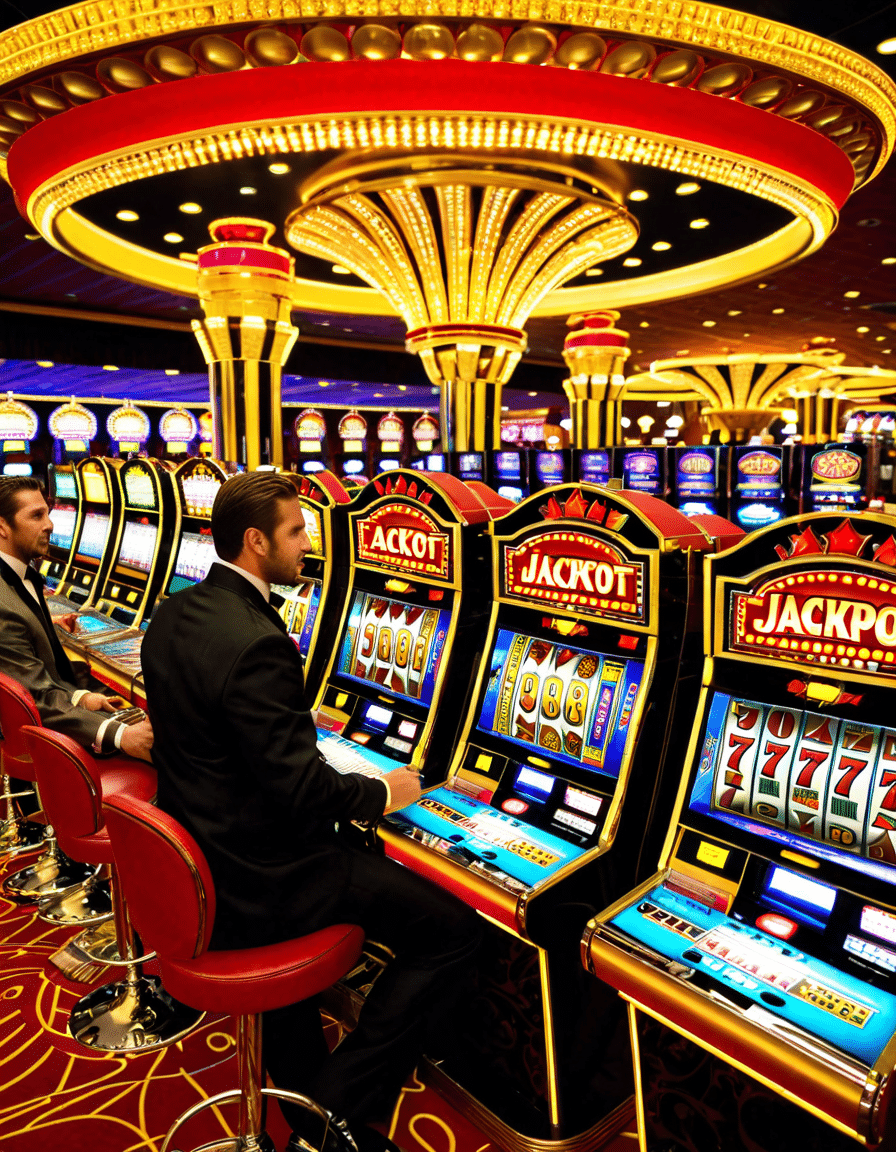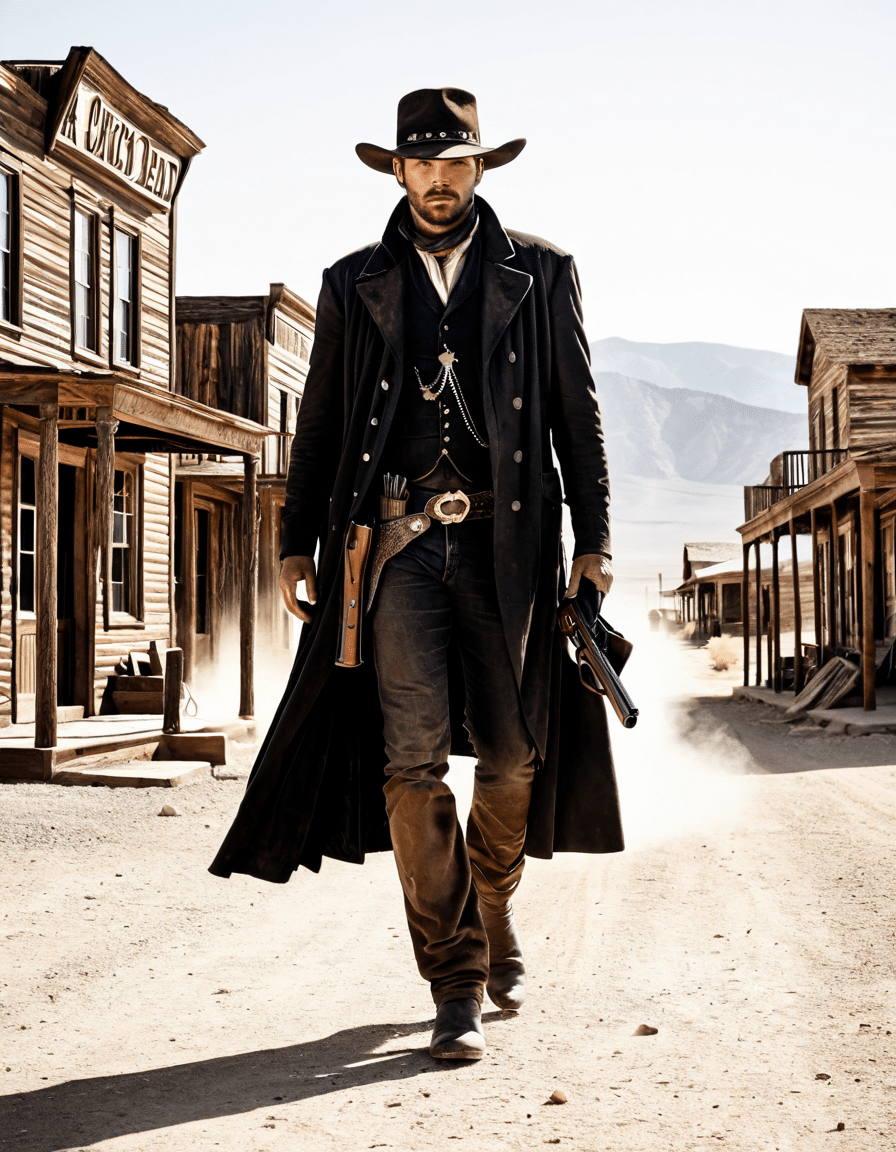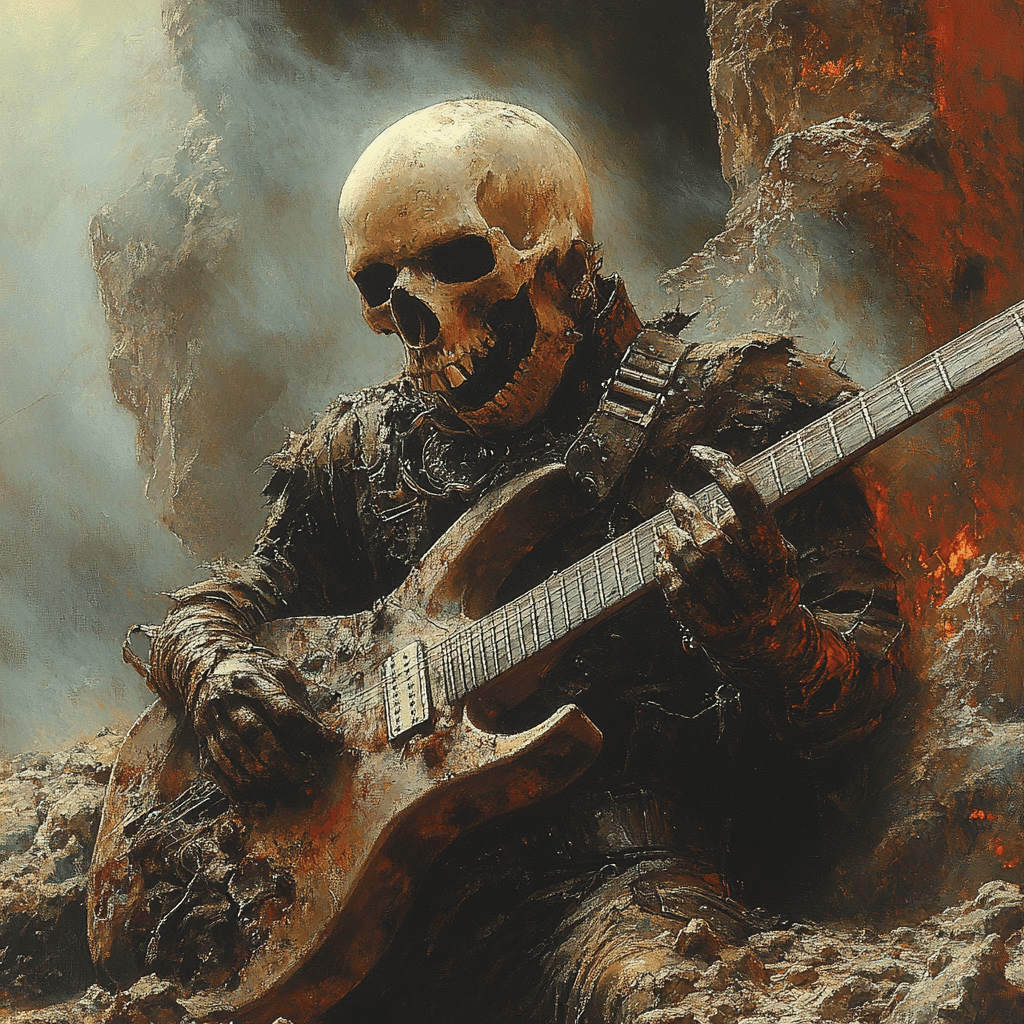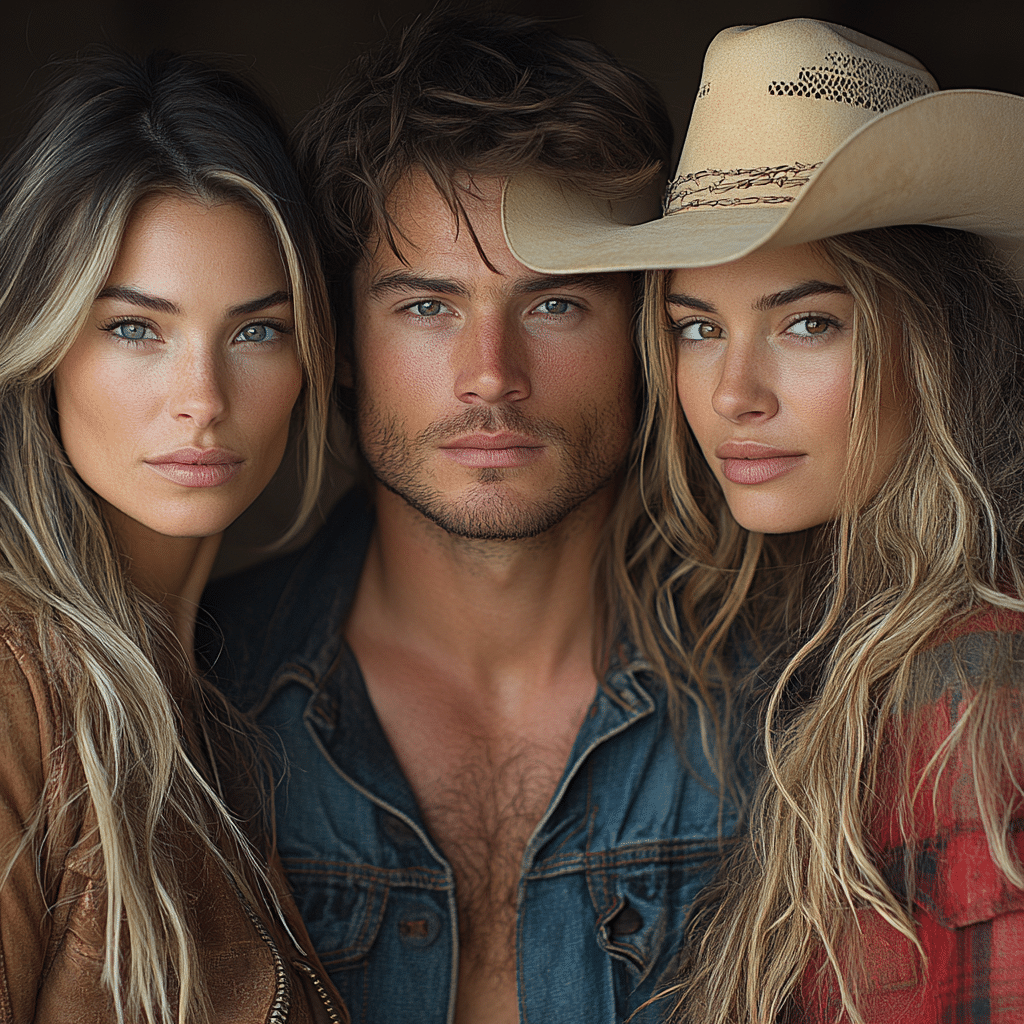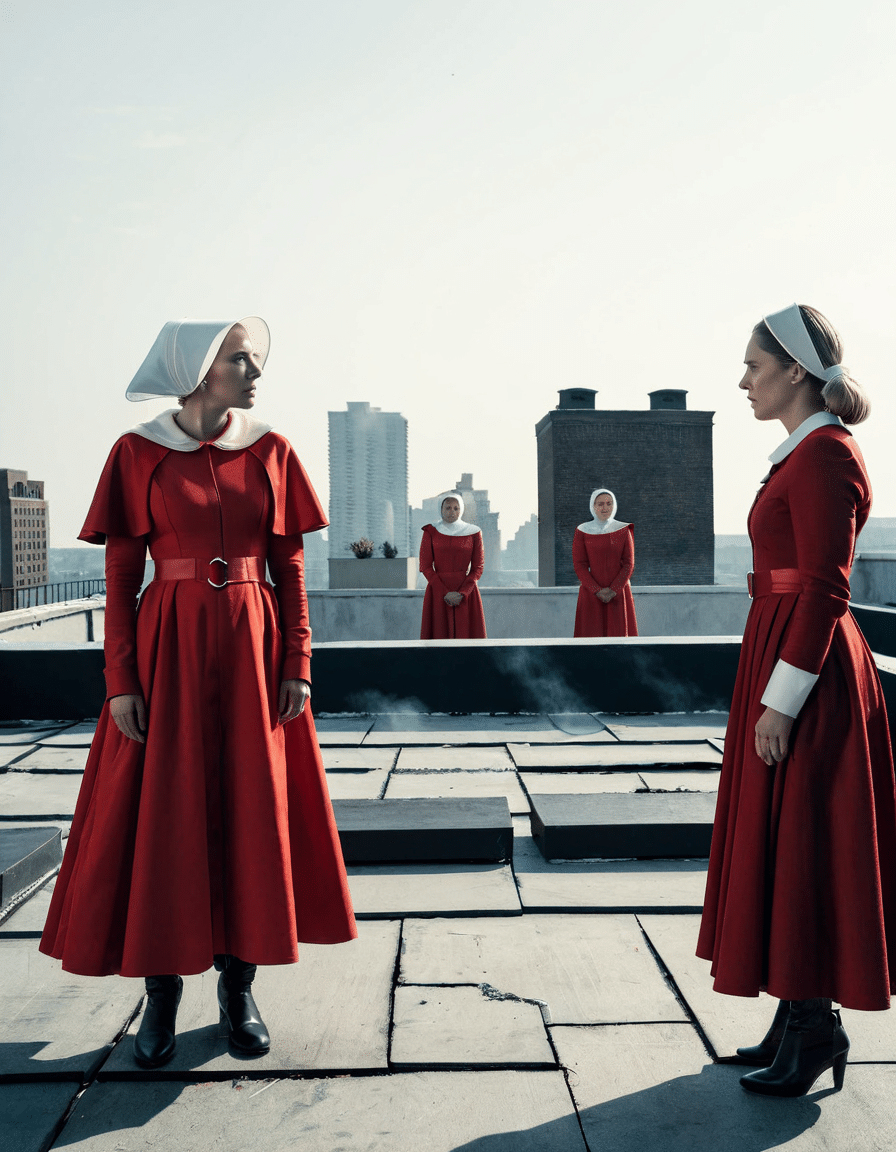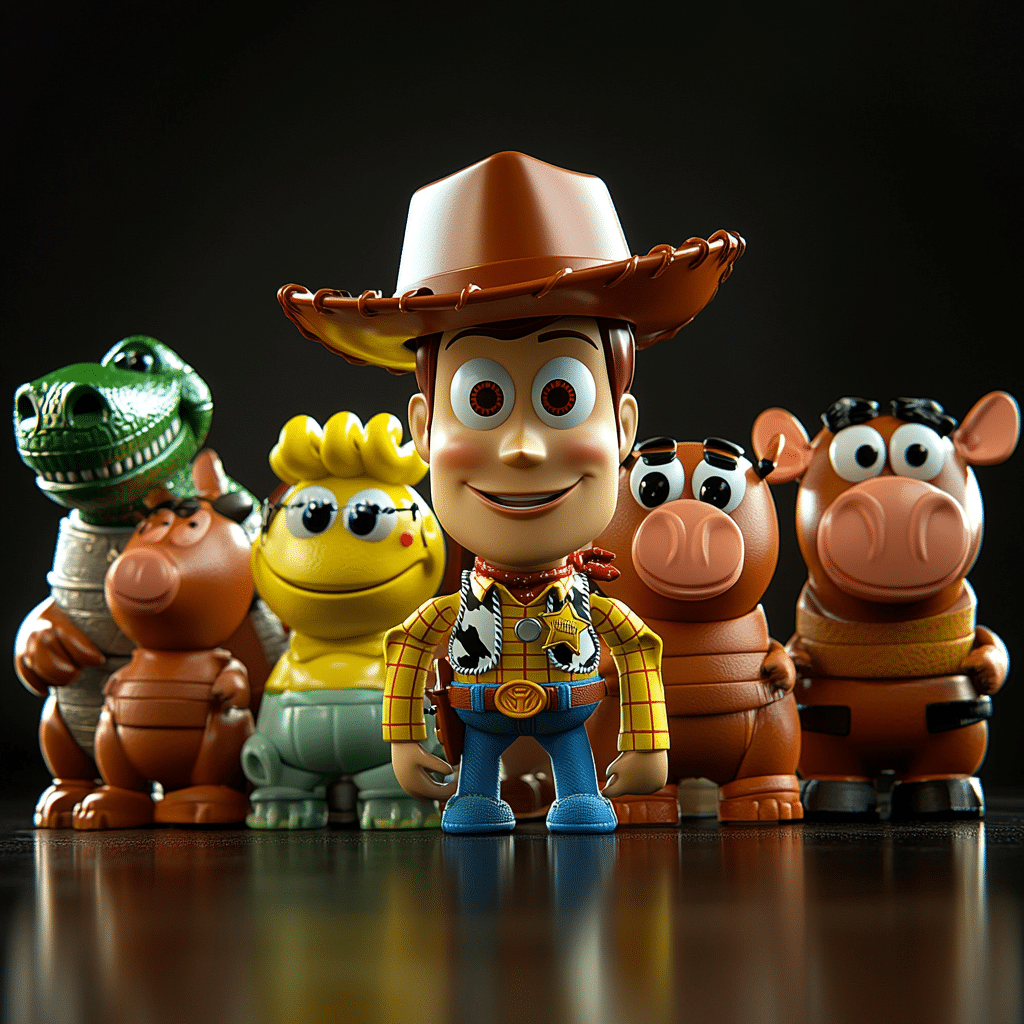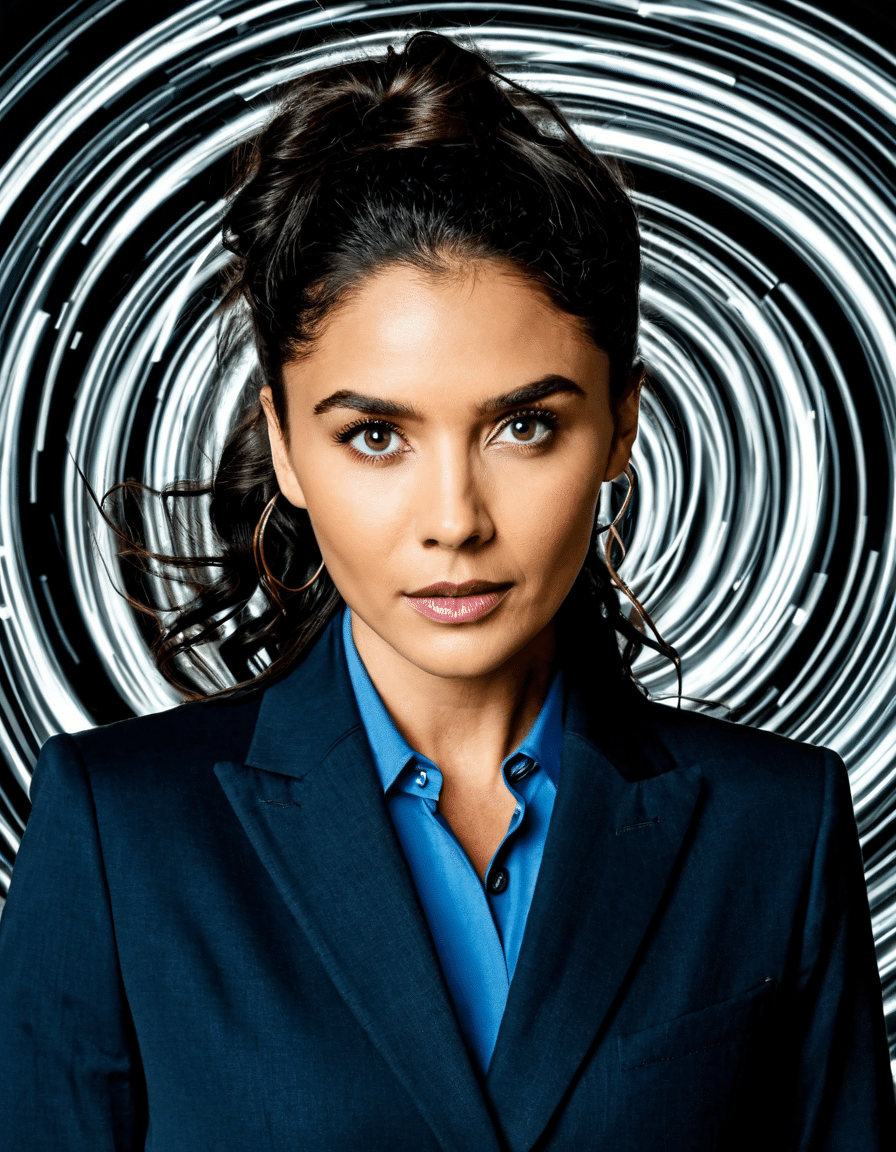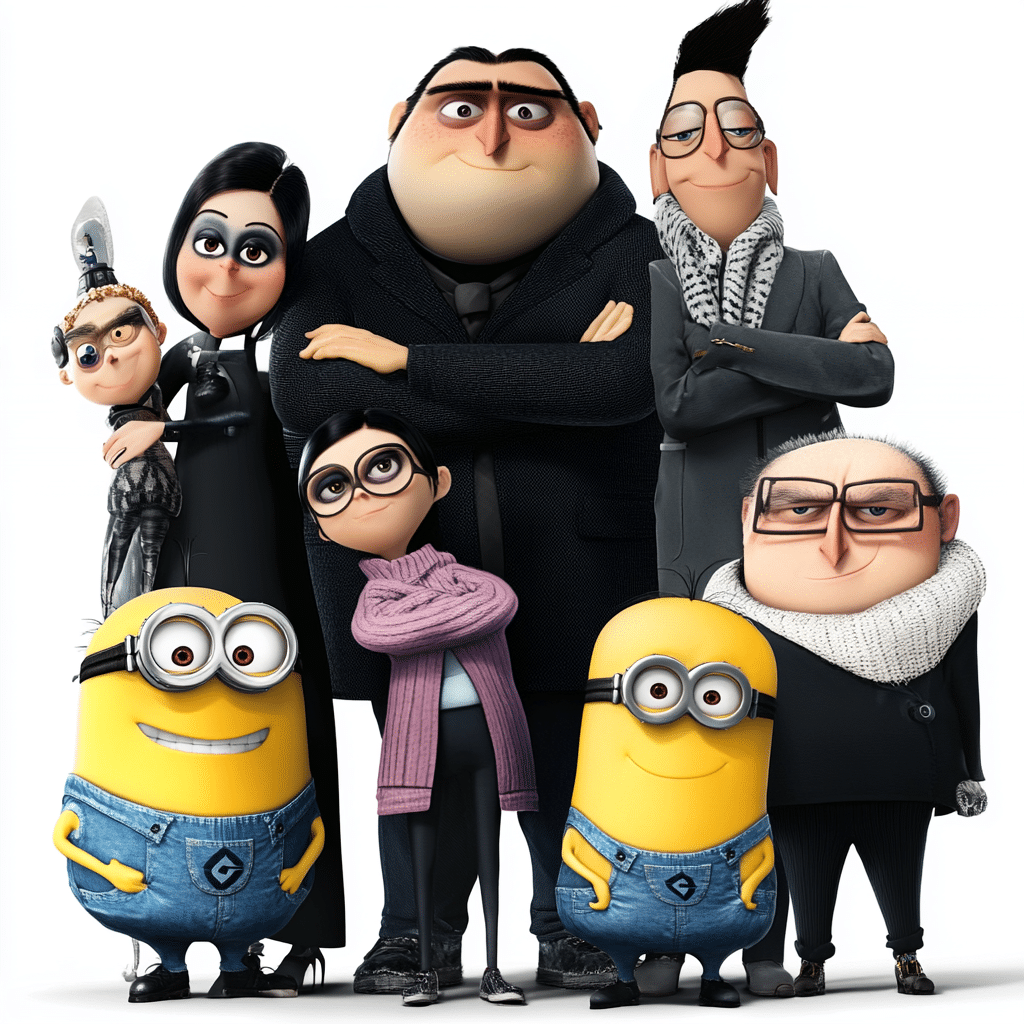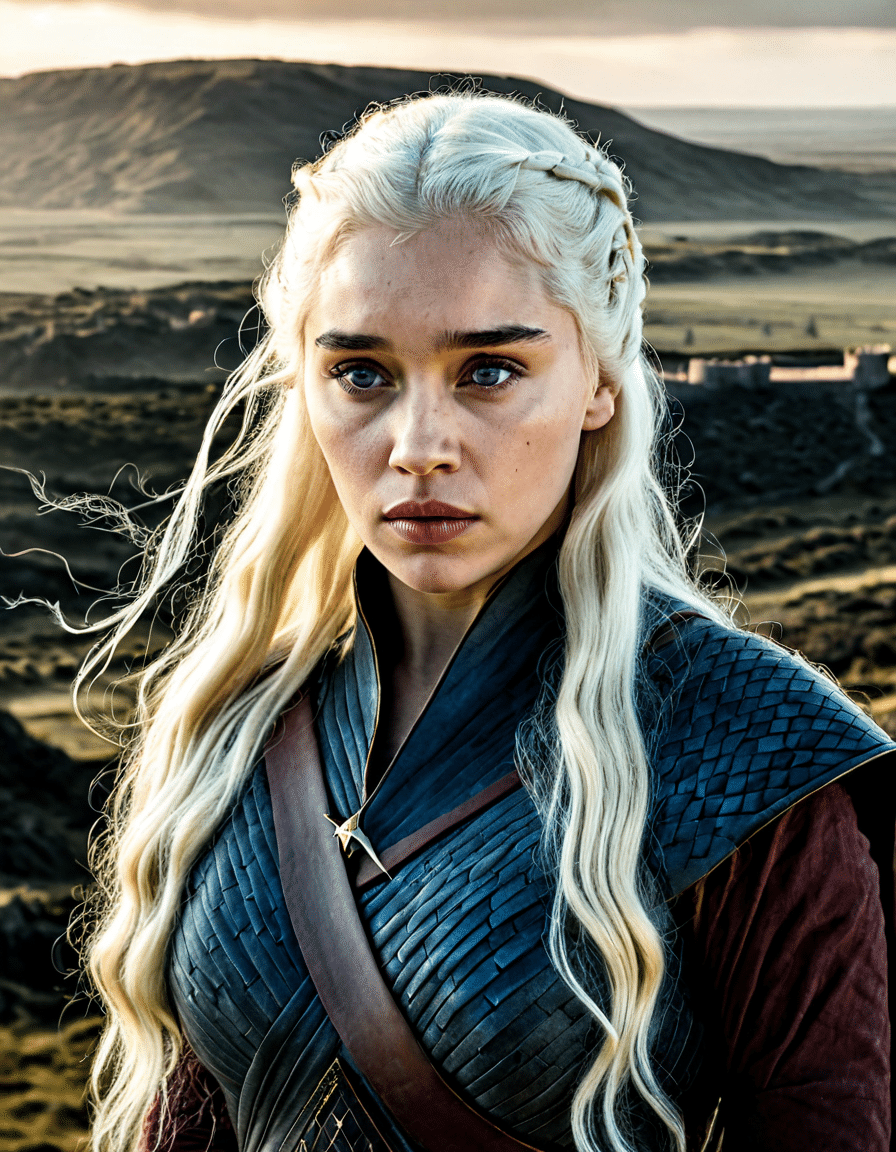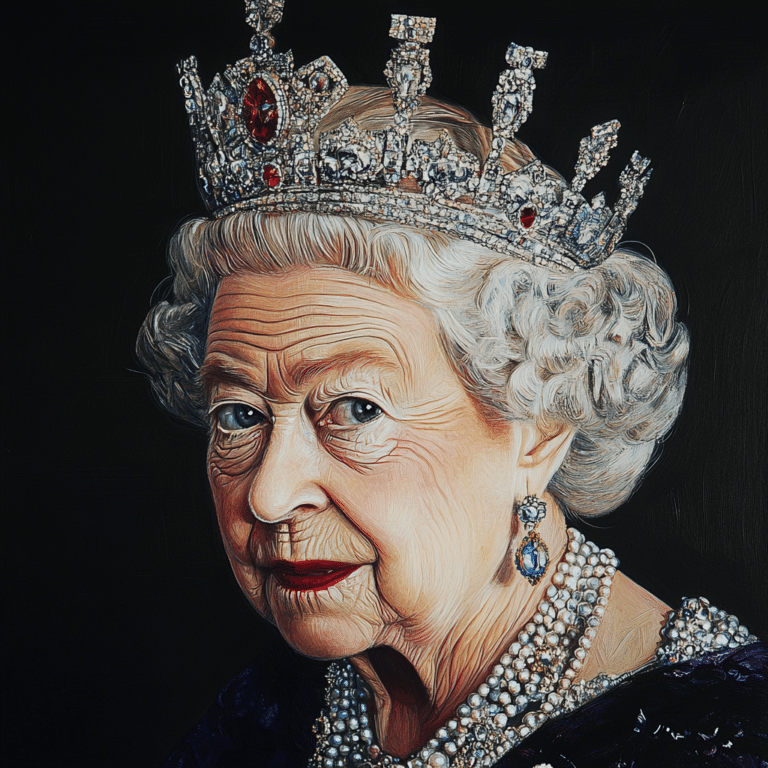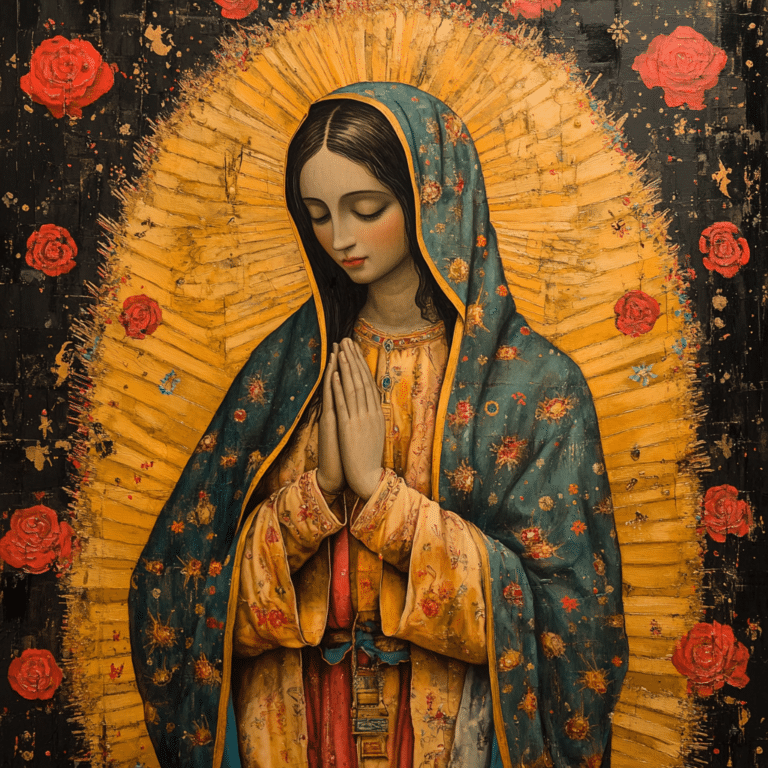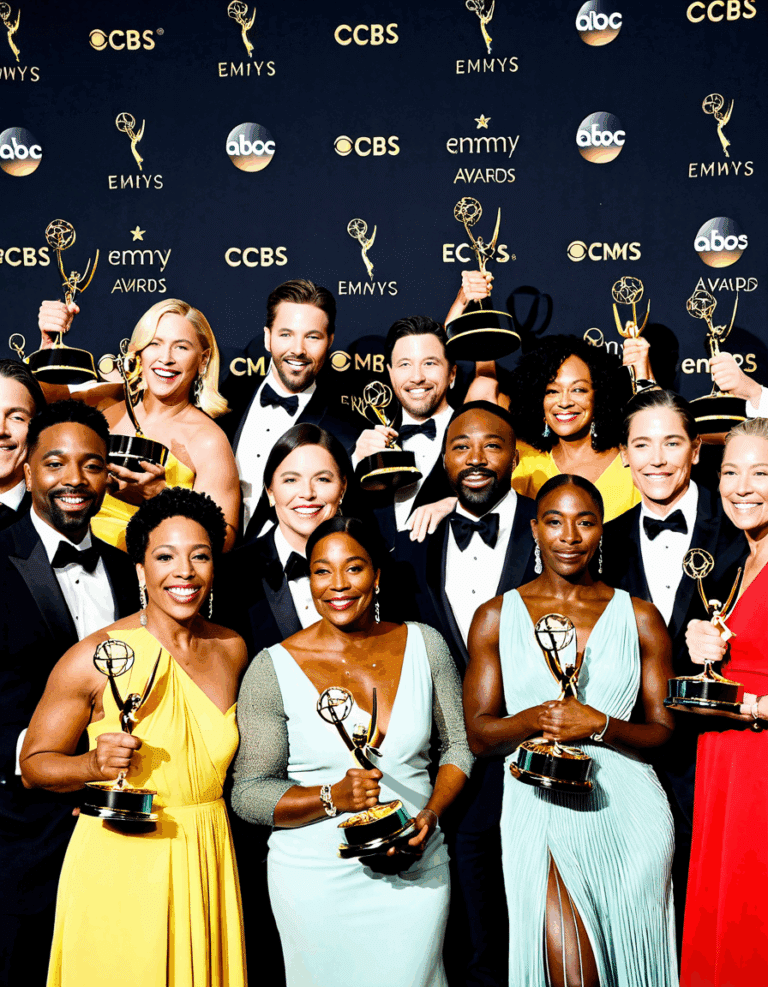Marking two decades since its pulsating debut, Run Lola Run continues to dash through the annals of film history with unwavering gusto. This cinematic marvel didn’t just flash by; it left an indelible mark etched deeply into the bedrock of contemporary filmmaking. Franka Potente’s crimson hair, paired with the relentless tick of time, has become an iconic symbol in the world of cinema. As audiences, filmmakers, and critics reflect on its enduring influence, it’s clear that this film still has plenty of run left in it.
Run Lola Run

$3.59
Title: Run Lola Run
Run Lola Run is an exhilarating high-octane thriller that melds a unique narrative style with fast-paced action. The film presents the story of Lola, portrayed with relentless energy by Franka Potente, who receives a frantic call from her boyfriend Manni. Manni, having lost a bag of cash he owes to a local mobster, is desperate, and Lola has only 20 minutes to come up with a plan to save him. The plot unfolds in a groundbreaking triptych of scenarios, each exploring the impact of minute details on the outcome of Lola’s frenzied race against time.
Director Tom Tykwer ingeniously uses a non-linear storytelling technique, punctuated by animated sequences and a pulsating techno soundtrack that emphasizes the story’s urgency. The viewer is captivated by the films rhythmic editing and split-screen effects that convey the multiple realities and potentials within Lola’s quest. Beyond the action and suspense, the movie delves into themes of chance, chaos theory, and the butterfly effect, prompting the audience to ponder how small changes can have monumental effects on one’s life path. Each cycle of Lola’s run introduces subtle variations that lead to dramatically different endings, showcasing an innovative approach to storytelling.
Run Lola Run stands out as a cultural milestone of German cinema, both for its technical prowess and its philosophical underpinnings. The film received overwhelming acclaim for turning the streets of Berlin into a character of its own, where every corner turned could lead to a different destiny. Since its release, it has influenced a wide array of filmmakers and has become a staple reference for discussions about free will and destiny in film. Its influence endures, as it continues to inspire new generations with its message that the smallest moments can define our livesand perhaps, that every second of existence counts.
The Enduring Impact of ‘Run Lola Run’ on Cinema After Two Decades
When Run Lola Run streaked onto the big screen, it transmitted an electric shock to the status quo of filmmaking. The film’s groundbreaking narrative, characterized by a unique structure of three distinct story arcs, challenged how stories could be told. Its non-linear timeline wasn’t merely a gimmick but a key player in the enthralling drama that unfolded—a “what-if” scenario in real-time.
The ripple effect of this film’s storytelling style has been staggering, inspiring a generation toying with time and narrative. Filmmakers took notes as Run Lola Run demonstrated that a plot didn’t need to follow a chronological path to engross an audience. Instead, the multidimensional narrative became a playground for creativity. Take, for example, the intricate storytelling of films like “Inception” or the series “The Witcher,” which owe a nod to Tykwer’s opus.
Contemporary culture still echoes with Run Lola Run’s footsteps. The film has been dissected in academic papers, referenced in TV shows like “The Simpsons,” and even emulated in commercials. From brisk storytelling to bold visual style, Run Lola Run stamps its legacy through various media forms and continues to be a touchstone for modern pop culture references.

The Director’s Vision: How Tom Tykwer Revolutionized Filmmaking with ‘Run Lola Run’
Tom Tykwer, the auteur behind Run Lola Run, mapped out a visionary treasure that filmmakers would cherish for years. Tykwer didn’t just direct a movie; he engineered an experience. The snappy edits, the heart-pumping beats, the saturated colors—all meticulously calibrated to capture an essence of urgency.
Post-Run Lola Run, Tykwer’s trajectory shot upwards, cementing his status as a director with an audacious taste for innovation. His subsequent works, like “Perfume: The Story of a Murderer” and “Cloud Atlas,” showcase his talent for weaving complex narratives and underscores his mastery of the audiovisual symphony that captivated audiences in Run Lola Run.
Key cinematic elements of the film—split-screens, animation sequences, and a time-looping storyline—are hallmarks of Tykwer’s directing prowess. They demonstrate his dexterity in using every tool at his disposal to create an immersive and unforgettable viewing experience.
La Femme Nikita Run Lola Run (Two Pack)

$48.88
“La Femme Nikita & Run Lola Run (Two Pack)” brings together two iconic films of the 90s’ European cinema in one thrilling package. “La Femme Nikita,” directed by Luc Besson, is a gripping French action film that tells the story of a young criminal woman whose life is transformed when she is taken in by a secret government agency and trained to be an assassin. With intense performances and stylish direction, the film is a tour de force of suspense and emotional depth. Meanwhile, its exploration of themes like identity and redemption makes it a thought-provoking experience.
“Run Lola Run,” directed by Tom Tykwer, is an exhilarating German film that blurs the lines between art and adrenaline. The movie’s innovative narrative structure features three distinct runs by its protagonist, Lola, as she tries to gather a large sum of money in 20 minutes to save her boyfriend’s life. Groundbreaking in its use of different outcomes based on minute decisions and chance, the movie plays with time and causality, keeping viewers on the edge of their seats. Its pulsating soundtrack, vibrant visuals, and a compelling lead performance by Franka Potente immortalized “Run Lola Run” as a cult classic.
This two-pack is an essential collection for cinephiles and fans of action-packed storytelling. Both films showcase the exceptional talents of their directors and have left a lasting impact on the genre. “La Femme Nikita” and “Run Lola Run” offer more than just entertainment; they invite discussions on fate, free will, and the transformative power of choice. This duo represents a perfect blend of style, pace, and thought-provoking content, securing their position as must-watch films for lovers of innovative cinema.
| Category | Details |
| Title | Run Lola Run (Original title: Lola rennt) |
| Release Year | 1998 |
| Country | Germany |
| Language | German |
| Genre | Thriller/Drama |
| Directed by | Tom Tykwer |
| Written by | Tom Tykwer |
| Starring | Franka Potente (Lola), Moritz Bleibtreu (Manni) |
| Music by | Tom Tykwer, Johnny Klimek, Reinhold Heil |
| Cinematography | Frank Griebe |
| Edited by | Mathilde Bonnefoy |
| Production Company | X-Filme Creative Pool |
| Distributed by | Sony Pictures Classics (United States) |
| Running Time | 81 minutes |
| Box Office | Approx. $22.9 million worldwide |
| Awards | Won Audience Award at Sundance, Won Best Film at the German Film Awards, among others |
| Plot Synopsis | The film follows a woman who must obtain 100,000 Deutsche Mark in 20 minutes to save her boyfriend. The story is told in three different sequences, each exploring the consequences of minor actions and chance occurrences. |
| Critical Reception | Generally positive, cited for its innovation in narrative structure and use of cinema techniques |
| Influence | Noted for its impact on popular culture and the ’90s cinema, inspiring various works in film, music videos, and art |
| Format Availability | DVD, Blu-ray, VOD platforms |
| IMDb Rating | 7.7/10 |
| Rotten Tomatoes | 93% Certified Fresh |
‘Run Lola Run’ and the Birth of a New Film Aesthetic
As much as Run Lola Run carries a compelling narrative, its visual splendor cannot be overstated. Its distinct aesthetic is a blend of gritty German street realism with a comic book’s vibrancy—a style that has become synonymous with late-90s avant-garde coolness. This aesthetic can be likened to the explosive visuals of “Sin City,” taking a cue from Tykwer’s ability to marry the gritty with the glossy.
Yet, the film’s look extends beyond surface-level style. Editing, color, and cinematography converge to thrust viewers into Lola’s heart-racing sprint through Berlin. Quick cuts and rapid-fire montages mirror Lola’s own frantic pace, while the intermittent use of animation peels back layers of her psyche, delivering a sensory overload that still feels pioneering.
Run Lola Run’s color palette, dominated by red—an alarm, a stop, a passionate plea—all serve to heighten the sense of urgency and danger. It’s no wonder that the film’s aesthetic continues to induce a breathless response from its audiences, even as they take their seats in the comfort of contemporary Ipic theaters.

‘Run Lola Run’s’ Soundtrack: A Beat That Still Pumps Adrenaline
The propulsive techno soundtrack of Run Lola Run is as potent as its imagery. It was a fusion of throbbing electronica and haunting melodies that not only drove the narrative forward but became a character in its own right. Each beat, composed by Reinhold Heil, pulsed through the film’s veins, accentuating Lola’s every step and heartbeat.
Years after its release, the film’s music influence has percolated through film scoring trends and music video production. The blend of visual and auditory storytelling Run Lola Run delivered set the tempo for integrated music-video-like sequences in cinema, similar to the ones found in recent Hbo max Deals.
Run Lola Run

$7.49
Run Lola Run is a dynamic and visually arresting German thriller that burst onto the film scene in 1998. Directed by Tom Tykwer, this avant-garde movie stars Franka Potente as Lola, a young woman with a shock of flaming red hair, who is given just 20 minutes to come up with 100,000 Deutschmarks to save her boyfriend Manni from dire consequences. The film employs a riveting narrative structure, cycling through three different scenarios as Lola races against the clock, showcasing the butterfly effect as minor changes in each sequence lead to drastically different outcomes.
The cinematography is a standout feature of Run Lola Run, with each run through the streets of Berlin captured with kinetic energy and a pulsating techno soundtrack that complements the fast-paced story. Split screens, animation sequences, and various film speeds artfully convey the urgency and frenetic pace of Lola’s quest. As viewers become invested in her desperate sprints, the film also weaves in philosophical overtones, asking the audience to ponder the roles of chance, choice, and destiny in our lives.
Run Lola Run is not just a film, but a cultural marker displaying innovation and the breakneck speed of urban life at the turn of the 21st century. It has not only enraptured audiences with its unique narrative and stylish execution but has also inspired discussions about how film can portray the ever-branching paths of decisions and consequences. A critically acclaimed commercial success, this film is a must-watch for cinephiles and anyone interested in the power of choice and the fragility of fate.
‘Run Lola Run’ Characters: Defining the Cultural Zeitgeist of the 90s and Beyond
Breaking down the cast of Run Lola Run means diving into a pool of 90s sensibilities—characters that resonate with an era defined by a burgeoning rave culture and a seismic shift in the global consciousness. Franka Potente and Moritz Bleibtreu captured the zeitgeist impeccably as Lola and Manni, depicting a raw connection wrought from desperate circumstances.
Since their run, Potente and Bleibtreu have left indelible marks across different media. Potente, with roles in “The Bourne Identity,” continues to evoke the strong-willed tenacity of Lola, while Bleibtreu has traversed genres, from comedy to drama, further proving his versatility. Their legacy is amplified as their characters continue to be referenced in modern archetypes, much like Nona Gaye carves her own niche in acting’s pantheon.

Adaptations and Reverberations: ‘Run Lola Run’ Across Different Media
Run Lola Run’s frenetic storytelling made it ripe for cross-media adaptations. Its thematic exploration of time and chance resonates across theater stages and literature aisles, drawing parallels with the immediacy of stagecraft and the narrative depth of novels.
Film buffs and novices alike can’t help but notice the movie’s playful echoes in popular culture, from parodies on late-night sketches to homages in music videos, underlining its widespread appeal. Moreover, the film’s narrative concept has solidly influenced interactive media, paving the way for video games and virtual reality experiences that dabble in alternative storylines and immersive decision-making, not unlike browsing Hotels near San diego airport for an ideal vacation twist.
‘Run Lola Run’: The Intersection of Film and Philosophy
Peeling back the layers of Run Lola Run’s relentless pace reveals deep philosophical musings on fate, chance, and choice. It raises questions: Are we bound by destiny or do we carve our own paths? This philosophical conundrum has made the film a primary teaching tool in academic circles exploring themes of free will and determinism.
Its philosophical intrigue has spurred numerous academic papers and studies. It serves as an engaging touchstone for philosophical debate, drawing parallels to the complexities of life choices, much like the intricacies of assessing Casey Anthony net worth debates that pervade public discourse.
Community and Critical Reception: Retrospective on ‘Run Lola Run’s’ Arrival and Legacy
Upon its release, Run Lola Run was met with a torrent of critical acclaim and audience adoration. It landed with the force of a comet, leaving critics scrambling for superlatives and audiences in rapture. The community’s response was nothing short of spectacular, as the film quickly became a reference point for innovation.
Throughout the years, Run Lola Run has maintained its sprint through retrospectives and anniversary screenings. Its impact has only magnified with time; what was once fresh and brash is now timeless and revered. Critics who initially reviewed the film now look back with a tinge of nostalgia, as subsequent reviews often align with the initial adulation, a testament to the film’s unyielding resonance.
The Future Inspired by ‘Run Lola Run’: What’s Next for Cinema?
Emerging filmmakers who grew up with Run Lola Run as a blueprint are now stretching their creative sinews, inspired to create cinema that pushes boundaries. They’re looking to emulate Tykwer’s orchestration of audio and visual elements, driving cinema toward even more experimental horizons.
The techniques and storytelling devices that Run Lola Run championed—quick cuts, non-linear narrative, the synchronization of sound and picture—are now more than mere concepts; they’re integral to the filmmaker’s toolkit. Film scholars speculate that the movie’s influence will persist, much like revisiting the ensemble of The Deer hunter cast provides fresh insights decades after the film’s release.
Conclusion: Why We Will Continue to ‘Run Lola Run’
Two decades on, Run Lola Run hasn’t just run its course; it’s looped back to inspire anew. Its frenetic style, its pulse-pounding soundtrack, its heart-on-sleeve humanity—all weave into the tapestry of cinematic history. We carry Run Lola Run forward because it encapsulates an era, redefines a genre, and, most importantly, continues to inspire the heart to race.
If the history of film is a marathon, then Run Lola Run is the spirited sprinter that dashes ahead, turning to prompt the pack with a challenging grin. It’s a film that understands the thrill of the race, and as time marches on, it seems certain that, just like the undying legacy of Vic Morrow, this film’s influence will persist, encouraging us, thrilling us, to keep pace.
The Spirited Sprint of ‘Run Lola Run’ Trivia
Hold on to your sneakers, folks, because we’re about to dash through some nifty nuggets of trivia about ‘Run Lola Run,’ the German cinematic marathon that’s been exhilarating audiences for over two decades. This flick doesn’t just jog down memory lane; it sprints with the endurance of a cinematic champion! So, let’s lace up and take a whirl around the fascinating tidbits that make ‘Run Lola Run’ a non-stop thrill ride.
Those Red Locks Couldn’t Be Overlooked!
Ah, who could miss Lola’s fiery hair? It’s practically a character in its own right! Rumor has it that you could see that crimson mane a mile away. But hold your horses, did you know that Franka Potente, the actress who brought Lola to life, isn’t a natural redhead? She went all in with a Bokep Indo dye job that turned her locks into that eye-catching shade of punk rock rebellion!
Time’s a Running Partner
Well, you’ve gotta hand it to ’em, timing is everything and ‘Run Lola Run’ takes that to a whole new level! You ever find yourself looking at your watch and thinking, “Where’d the time fly?” This film sure knows that feeling! It’s like a broken record, in the best way possible, looping through a 20-minute timeframe repeated with slight tweaks, ’cause hey, even destiny can trip on its shoelaces.
Money on the Run
Oh boy, talk about high stakes! Lola’s beau, Manni, is in a bit of a pickle with a bag full of cash, to the tune of 100,000 Deutschmarks, no less. Imagine running that much dough through the streets! It’s a hefty sum that seems like it could break the bank or, in Lola’s case, her sprinter’s spirit. But hey, money talks, even when it’s on the lam!
Soundtrack Pumps the Heartbeat
Pump up the volume, ’cause we can’t chat about ‘Run Lola Run’ without giving a shout-out to its thumping tunes! Ever felt like you need a boost on those lazy days? The film’s soundtrack is like an adrenaline shot for your ears. It syncs with Lola’s heartbeats, her footfalls, and the tick-tock of the clock. Each beat is a reminder: time’s running out, girl—pick up the pace!
And, that’s a wrap! The journey might be a loop, but the fun facts about ‘Run Lola Run’ are a straight shot of delight. Thanks for tagging along on this trivia track—now, why don’t you give the flick another run for its money, eh? You’ll spot something new every time, faster than you can say, “Ready, set, go!”
Run Lola Run [Blu ray]
![Run Lola Run [Blu ray] Run Lola Run [Blu Ray]](https://www.loadeddicefilms.com/wp-content/uploads/2024/01/Run-Lola-Run-Blu-ray.jpg)
$5.00
“Run Lola Run” on Blu-ray is a thrilling, visually striking experience that brings the adrenaline-fueled odyssey of Lola to life in high definition. Released in 1998, this innovative German film directed by Tom Tykwer combines rapid-fire editing and a pulsating techno soundtrack to create a non-stop cinematic ride. The movie stars Franka Potente as Lola who has just 20 minutes to gather a large sum of money to save her boyfriend from dire consequences. This Blu-ray edition boasts a pristine transfer that highlights the film’s vibrant cinematography and its raw, kinetic energy.
This edition comes packed with special features that delve into the making of the film, including the innovative techniques used to create its unique narrative structure. Fans will appreciate the director’s commentary that sheds light on Tykwer’s creative decisions, as well as behind-the-scenes footage and interviews with the cast and crew. The immersive audio experience is accentuated by the DTS-HD Master Audio track that ensures viewers hear every thumping beat and breathless sprint in crisp, clear sound. The high-octane journey through Berlin’s streets is even more intense with the visual and audio clarity that the Blu-ray format offers.
“Run Lola Run” is not only a film but an unforgettable experience that has been meticulously preserved in this Blu-ray release. The disc’s interactive menus provide an easy navigation through its contents, and the included booklet contains essays and production notes for those who wish to delve deeper into the film’s impact and legacy. Its multi-layered narrative, with three possible outcomes based on Lola’s split-second decisions, makes for a highly rewatchable movie that benefits from the superior picture and sound quality of this release. This Blu-ray edition is a must-have for fans of internationally acclaimed cinema and anyone who appreciates the combination of experimental storytelling and technical ingenuity.

